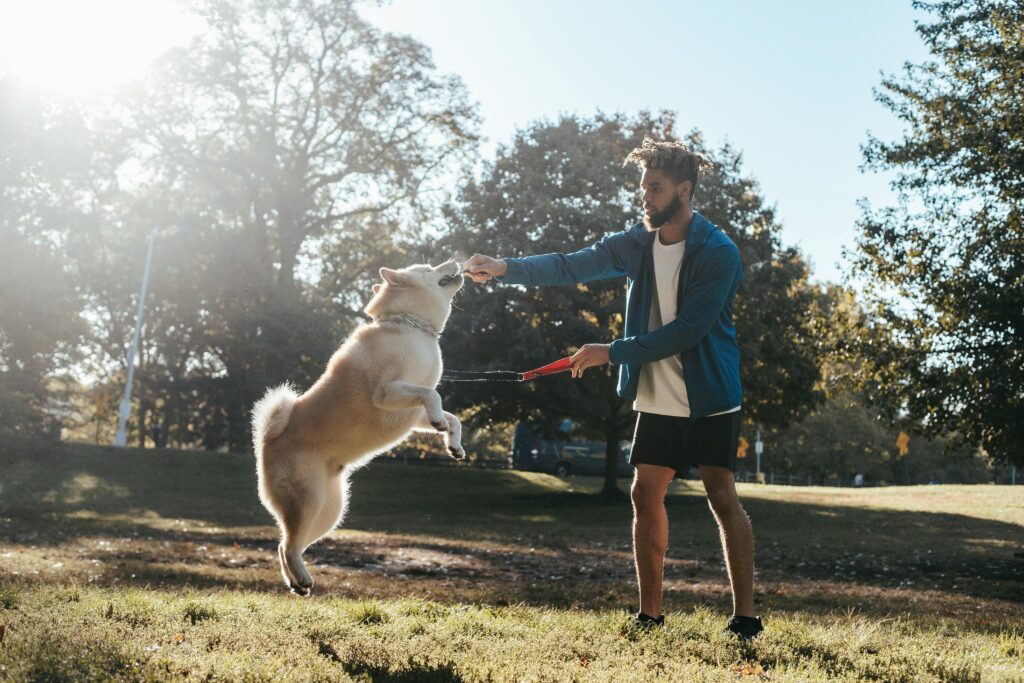
Everything You Need to Know for a Healthy, Happy Pet Journey
Embarking on a journey with your pet, whether it’s a new puppy or a seasoned companion, is both rewarding and challenging. Ensuring that your pet remains healthy and happy requires a blend of proper care, knowledge, and attention.
-
Smart Dog Training Tools to Improve Obedience and Safety
Training your dog is one of the most rewarding parts of being a pet parent. Whether you have a playful […]
-
Best Dog Accessories to Keep Your Pup Happy and Healthy
Every dog deserves the best care, comfort, and attention—and the right accessories can make all the difference. From feeding tools […]
-
Comfortable and Trendy Dog Clothes for All Seasons
When it comes to caring for your furry friend, comfort and style go hand in hand. Dog clothes aren’t just […]
How can You socialize your puppy properly?
Socialization is crucial for your puppy’s development and helps them become well-adjusted and confident. Start socializing your puppy early by exposing them to a variety of people, animals, and environments. Arrange playdates with other vaccinated dogs and introduce your puppy to different sounds, sights, and experiences in a controlled and positive manner. Use treats and praise to reward calm behavior during these interactions. Gradually increase the complexity of social situations as your puppy becomes more comfortable. A well-socialized puppy is more likely to grow into a friendly and adaptable adult dog.

Socialization and Exposure
Socialization is an integral part of training. Expose your puppy to various people, environments, and other animals in a controlled and positive manner. This helps them become well-adjusted and reduces the likelihood of fear and aggression. Positive Experiences: Ensure that new experiences are positive.

Seeking Professional Help
If you encounter difficulties or need additional guidance, consider enrolling your puppy in a training class or seeking the help of a professional dog trainer. Professional trainers can provide personalized advice and techniques tailored to your puppy’s needs.

Early Training
Starting training early in your puppy’s life is vital. Puppies are most receptive to learning between the ages of 8 and 16 weeks. Early training helps prevent behavioral problems, fosters a strong bond between you and your puppy, and sets the foundation for more advanced training as they grow.
How can You teach your puppy basic commands like sit to down?
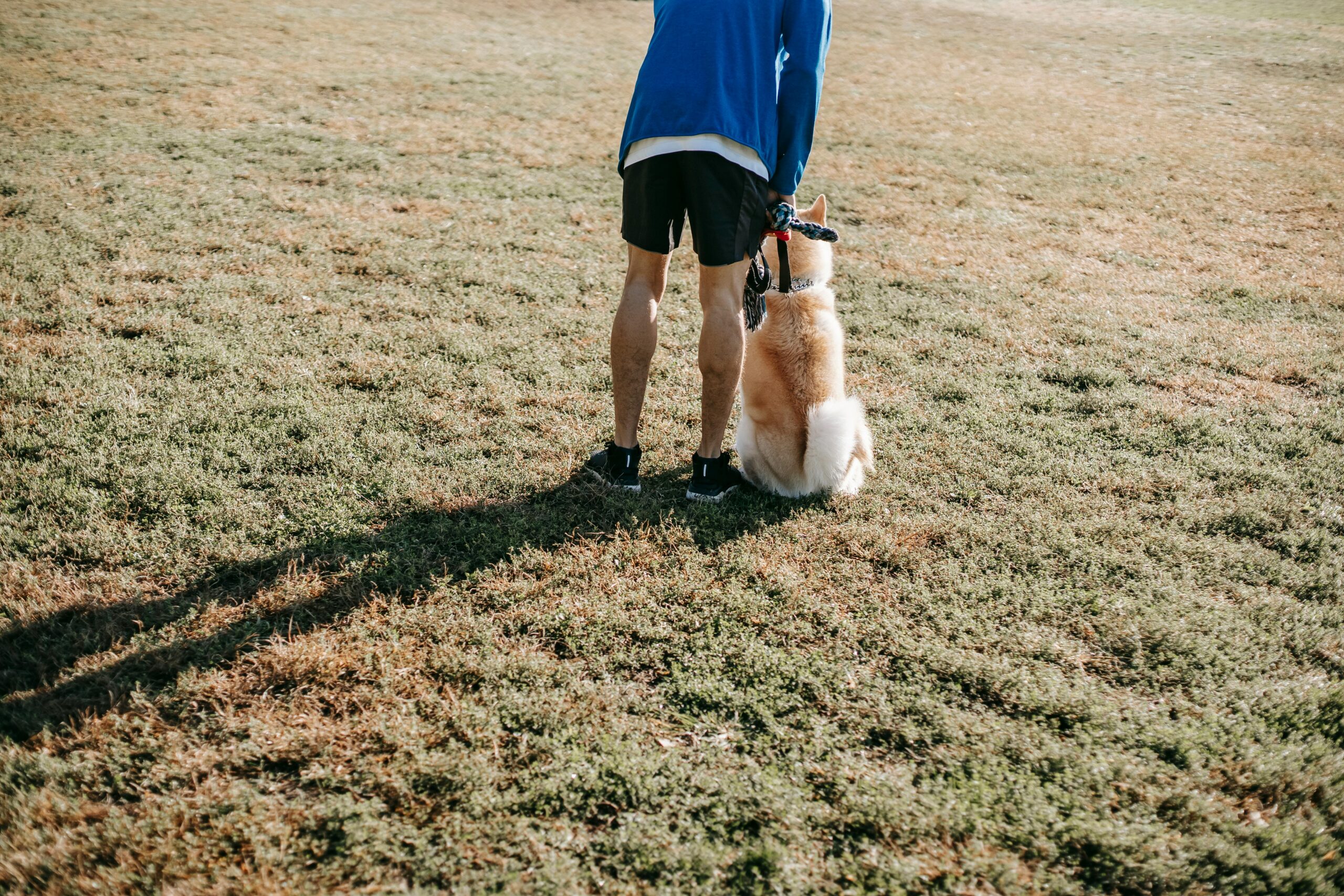
Sit
A fundamental command, “sit” is often the first command puppies learn. Start by holding a treat above your puppy’s head and moving it slowly backward. As their head follows the treat, their bottom will naturally lower. Once they’re in sitting position, reward them with the treat and praise.
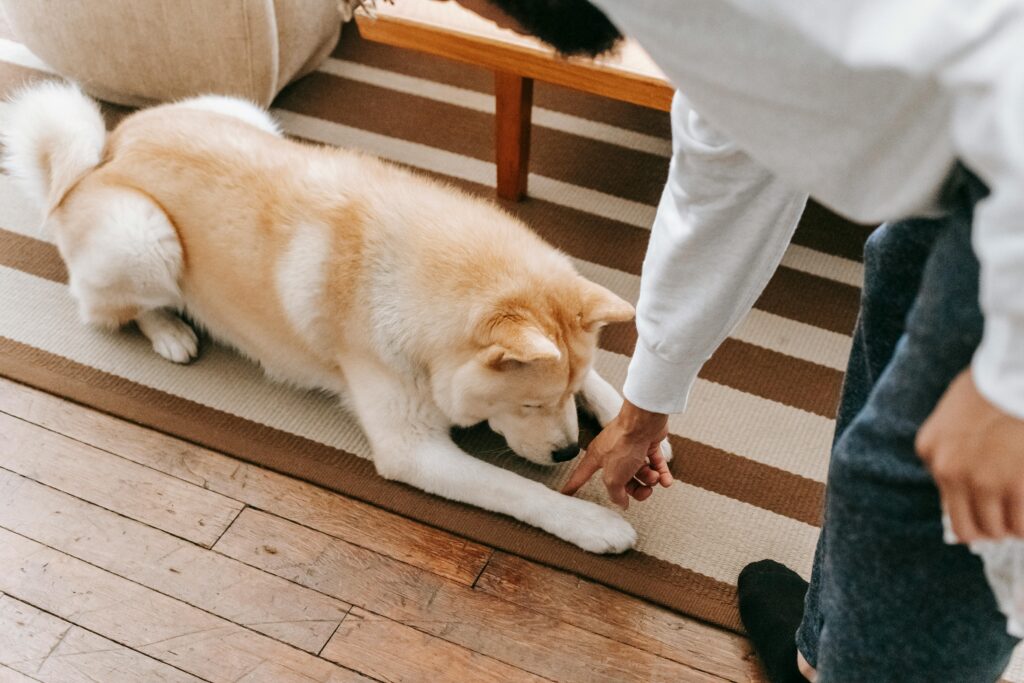
Down
To teach “down,” ask your puppy to sit, then hold a treat in front of their nose and move it down towards the floor. As they follow the treat and lie down, reward them immediately. This command helps in maintaining control and is useful in various situations.

Stay
Teach your puppy to “stay” by first having them sit. Open your palm in front of them and say “stay.” Take a step back, and if they remain in place, return and reward them.Gradually increas the distance and duration to strengthen their stay command. Enjoy the journey and cherish the bond you build through training.
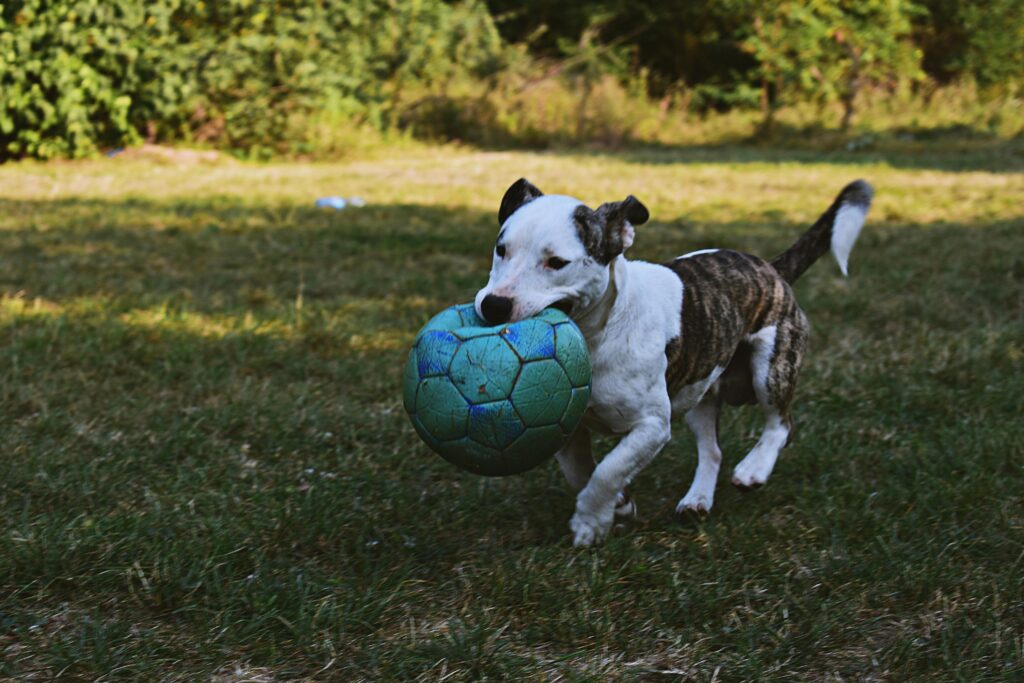
Leave It
The “leave it” command is crucial for preventing your puppy from picking up dangerous items. Hold a treat in your hand and say “leave it.” When your puppy stops trying to get the treat, reward them with a different treat from the other hand.
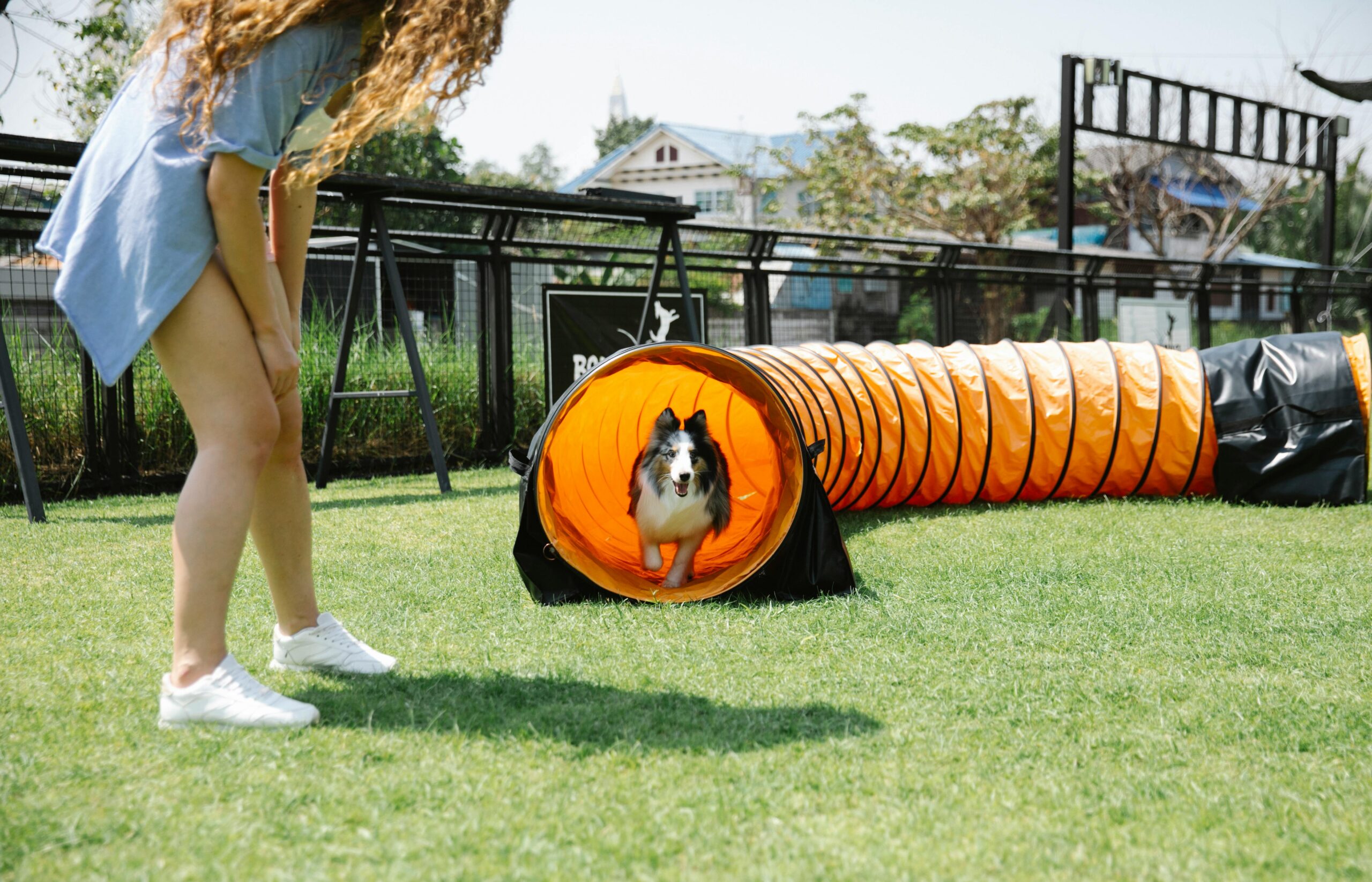
Come
The “come” command is essential for safety. Start in a quiet area, call your puppy’s name followed by “come,” and encourage them with a treat. When they reach you, give them the treat and lots of praise. Practice this command in various locations to ensure they respond reliably.
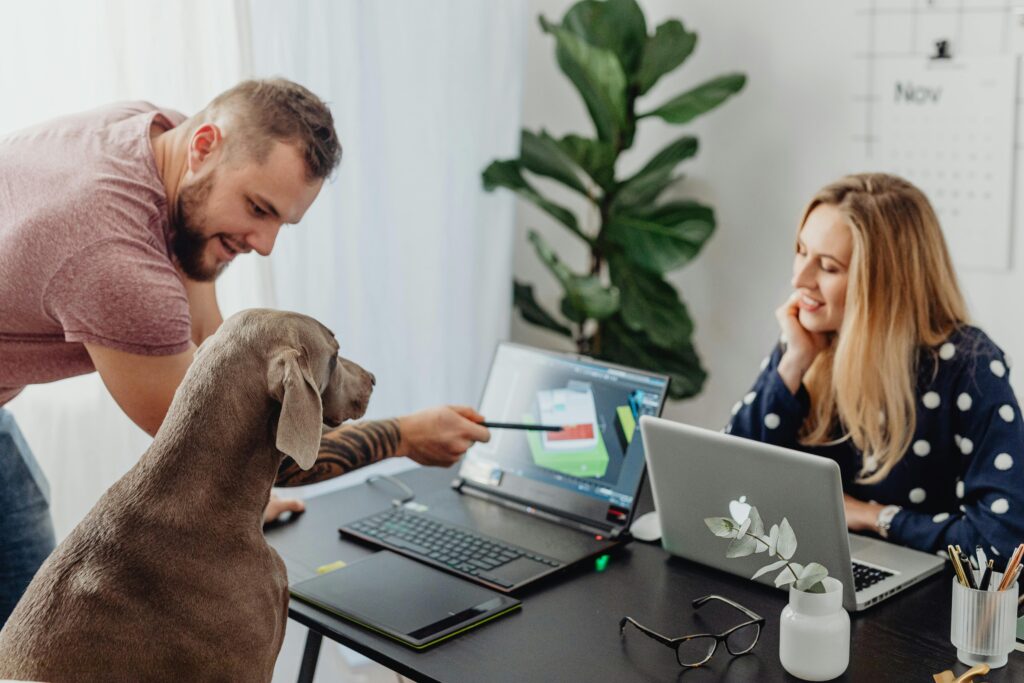
How can You use positive reinforcement effectively during training ?
Positive reinforcement involves rewarding your puppy for desirable behaviors to encourage them to repeat those actions. Use treats, praise, or toys to reward your puppy immediately after they perform the desired behavior. Consistency is key; make sure to reward every time your puppy exhibits the behavior you want to reinforce. This method helps your puppy associate good behaviors with positive outcomes, making them more likely to repeat those behaviors. Avoid using punishment, as it can lead to fear and confusion.
What is the best nutrition for your healthiest puppy?
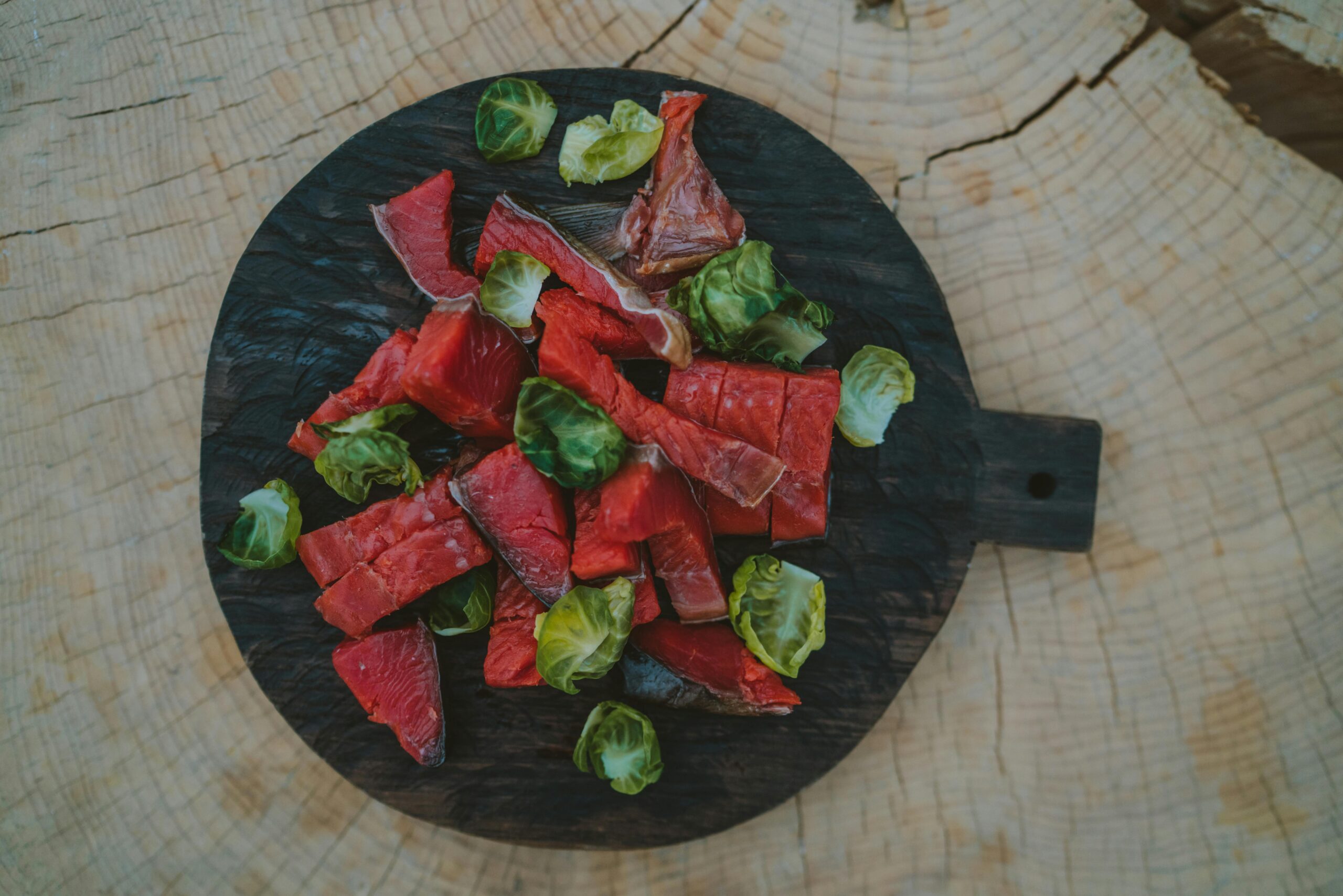 Nutritional Needs for a Growing Puppy
Nutritional Needs for a Growing Puppy
Choosing the Right Puppy Food: Select a high-quality puppy food that meets the AAFCO (Association of American Feed Control Officials) standards. Look for foods specifically formulated for puppies, as they contain the right balance of proteins, fats, vitamins, and minerals essential for growth.
Understanding Nutritional Requirements: Puppies need more calories and nutrients than adult dogs due to their rapid growth. The food should be rich in protein and fat to support muscle development and energy needs. Consult your veterinarian to determine the appropriate amount of food based on your puppy’s breed, age, and size.
Feeding Schedules and Portions: Establish a regular feeding schedule and divide their daily food intake into multiple small meals. Puppies typically eat three to four times a day. Adjust portions based on their growth and activity level, and avoid overfeeding to prevent obesity.
What vaccinations does your puppy need, and when should they receive them?
Puppies require a series of vaccinations to protect them from common and potentially serious diseases. The core vaccines typically include those for parvovirus, distemper, hepatitis, and rabies. Puppies usually receive their first round of vaccinations at around 6-8 weeks of age, with booster shots given every 3-4 weeks until they are about 16 weeks old. Rabies vaccination is generally administered around 12-16 weeks of age. It’s essential to follow your veterinarian’s vaccination schedule to ensure your puppy is fully protected. Regular check-ups will help keep your puppy’s vaccinations up-to-date and monitor their overall health.
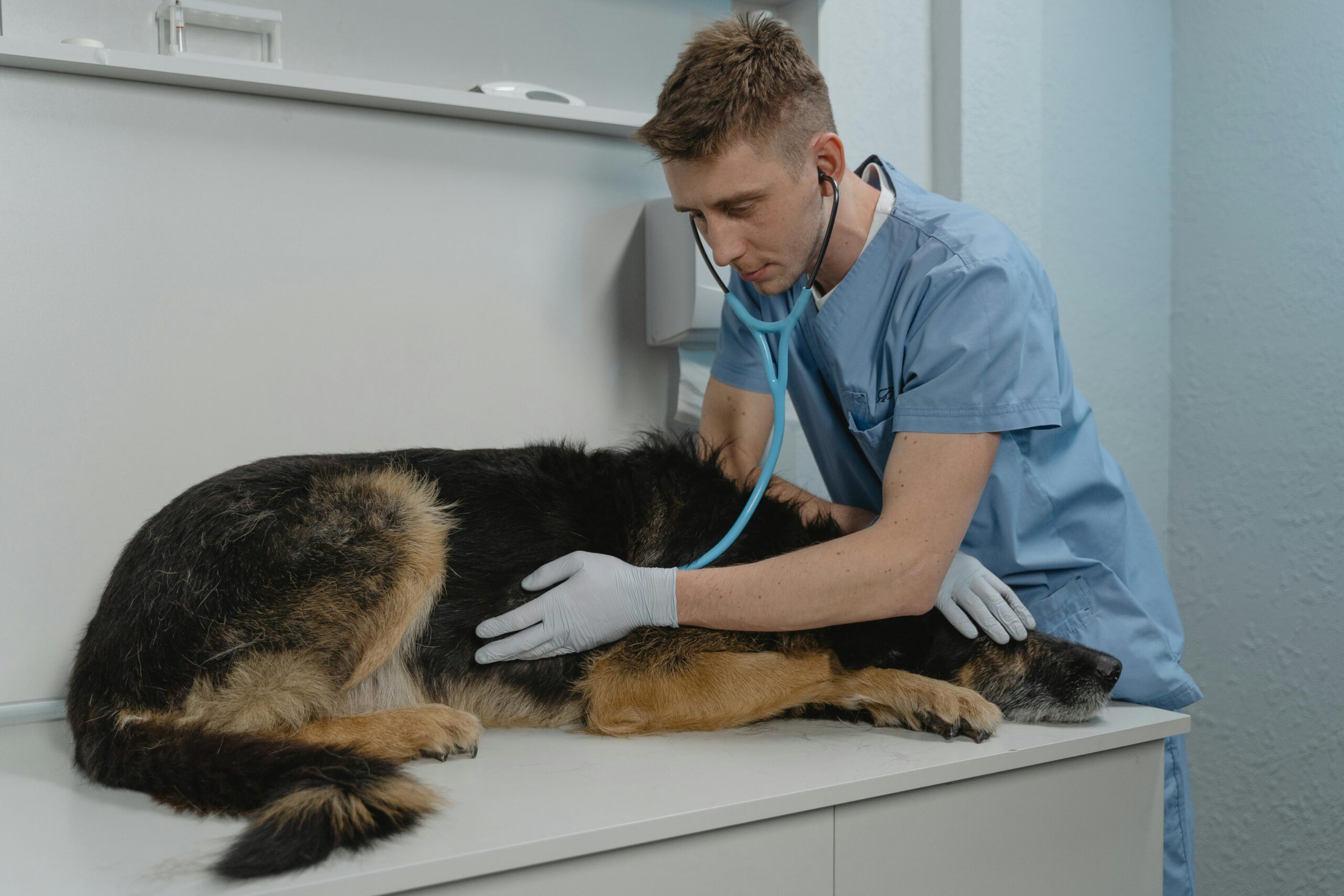
How often should you take your puppy to the vet for check-ups?
Puppies should have regular veterinary check-ups to monitor their growth and health. Initially, your puppy should visit the vet every 3-4 weeks for their vaccinations and to track their development. After the initial series of vaccinations, routine check-ups are generally recommended once a year.
Basic First Aid: Equip yourself with basic first aid knowledge, such as how to perform CPR, control bleeding, and handle poisoning. Keep a first aid kit with essential supplies like bandages, antiseptics, and contact information for emergency veterinary services.
Recognizing Emergencies: Learn to identify signs of serious health issues such as difficulty breathing, seizures, or severe injuries. If your puppy exhibits any of these symptoms, seek immediate veterinary care.
Emergency Contacts: Have a list of emergency contacts, including your veterinarian’s phone number and the nearest 24-hour animal hospital. Being prepared ensures you can quickly address any health crises that arise.
How Did You Groom Your Puppy for the First Time?
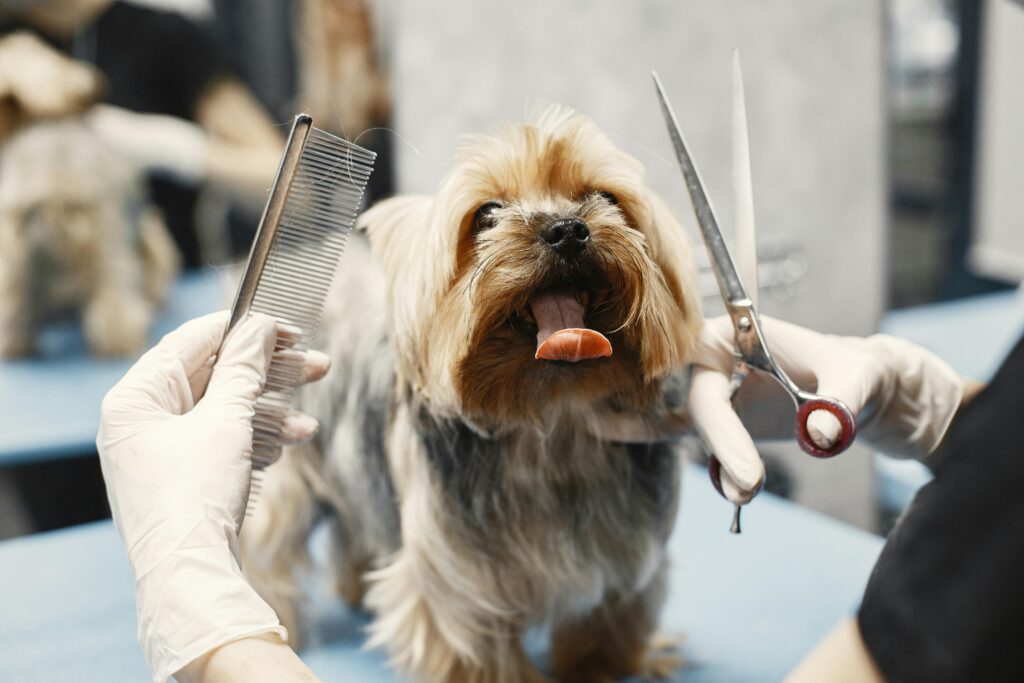
How often should You groom your puppy?
The frequency of grooming depends on your puppy’s coat type and breed. Short-coated puppies typically require grooming once a week, involving a simple brushing to remove loose hair. Long-coated puppies need daily brushing to prevent tangles and mats. Curly-coated breeds also need daily grooming to maintain their curls and avoid matting. Bathing generally should be done every 4-6 weeks or as needed, depending on your puppy’s activity level and coat condition.
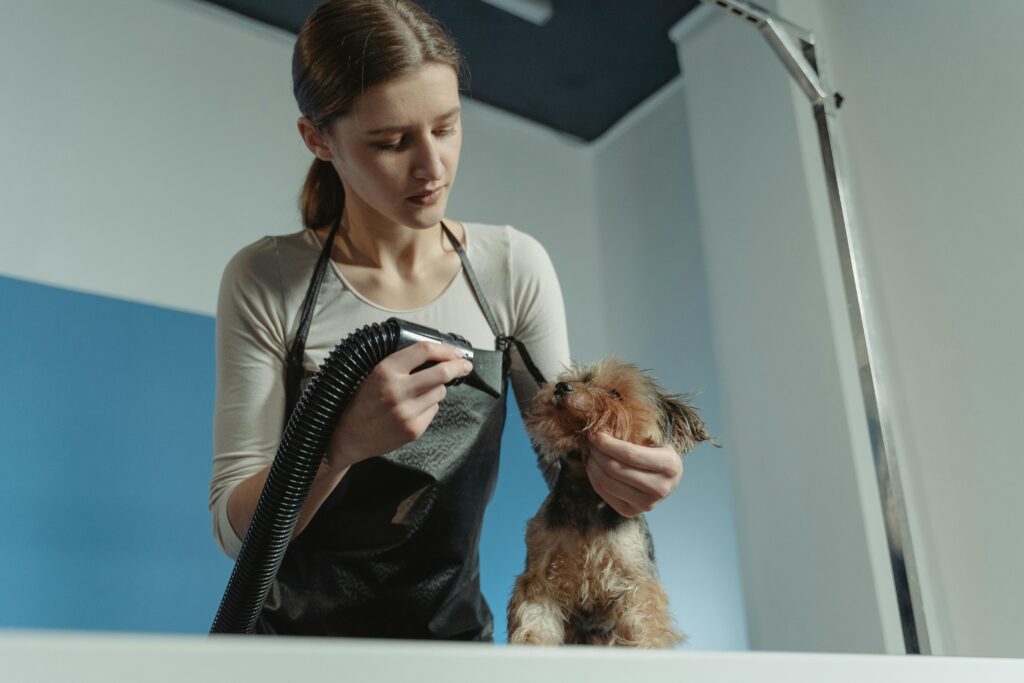
How can you prevent your puppy’s coat from matting?
Regular brushing is key to preventing mats and tangles in your puppy’s coat. For long and curly coats, daily brushing with a slicker brush and wide-tooth comb helps to keep the fur smooth and free of tangles. Ensure to brush in the direction of hair growth and pay special attention to areas prone to matting, such as behind the ears and under the legs.Using a detangling spray can also help manage stubborn knots.
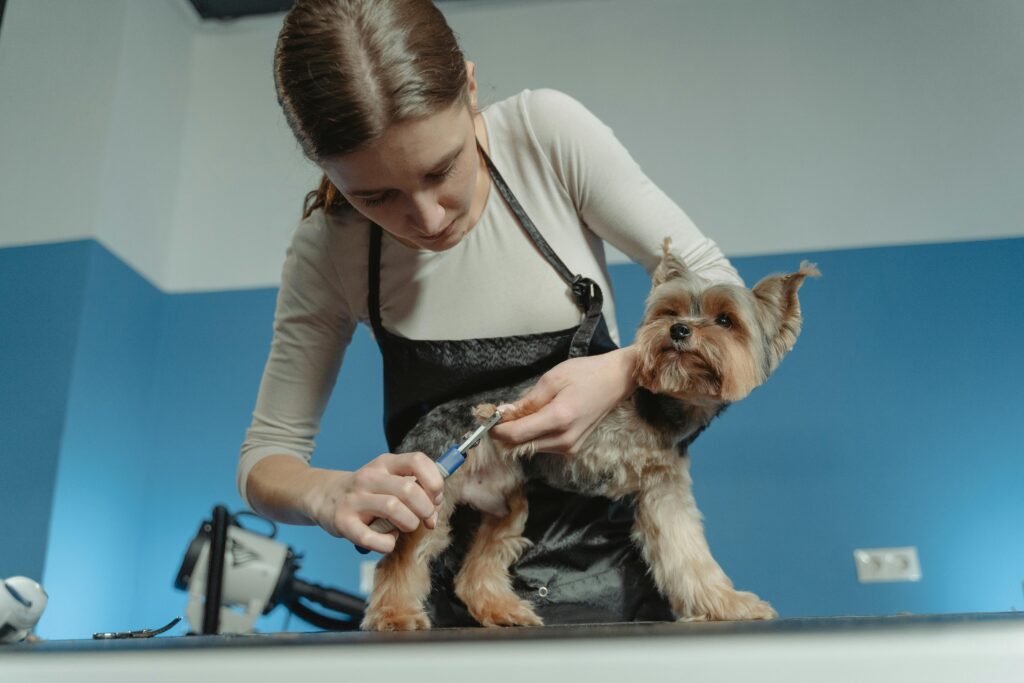
What tools are essential for grooming my puppy?
Brushes: Bristle brushes for short coats, slicker brushes for long and curly coats, and de-shedding brushes for double-coated breeds. Combs: Wide-tooth combs for detangling and flea combs for checking for parasites. Nail Clippers: Scissor-type or guillotine clippers suited to your puppy’s size. Shampoo and Conditioner: Mild, puppy-safe products that are gentle on their sensitive skin. Ear Cleaner and Cotton Balls: For maintaining ear hygiene.
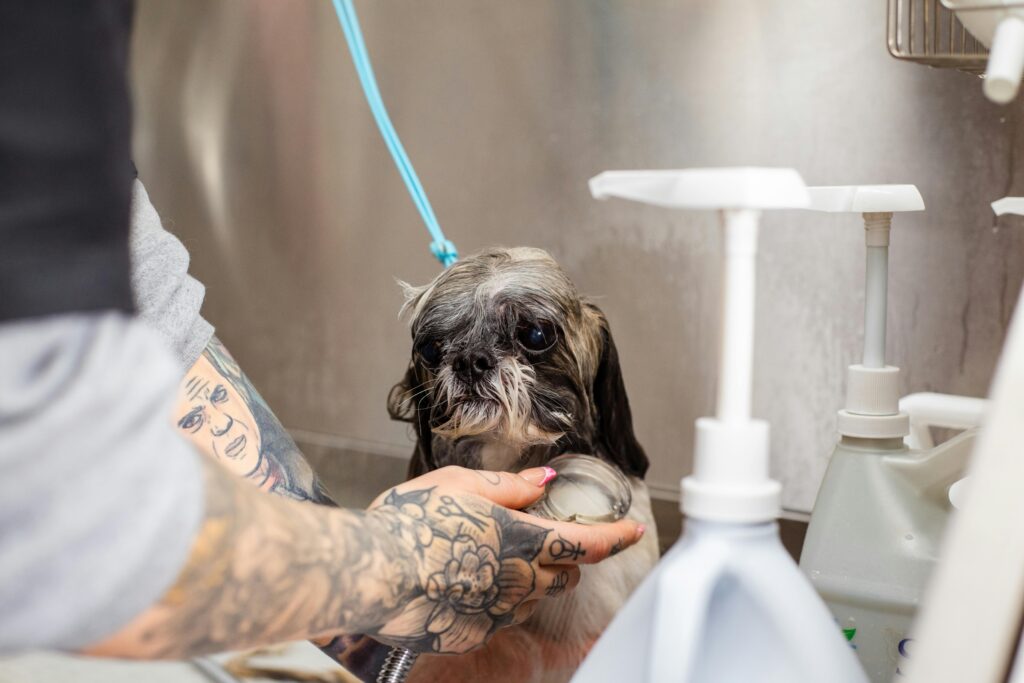
How often should you bathe your puppy?
Puppies generally need a bath every 4-6 weeks. Overbathing can strip their coat of natural oils and lead to dry skin. Use a mild, puppy-safe shampoo and conditioner to ensure their coat stays healthy and moisturized. Adjust the bathing frequency based on your puppy’s activity level, coat condition, and any specific skin issues. Always ensure to rinse thoroughly and dry them properly after the bath

What should you do if your puppy’s nails are too long?
If your puppy’s nails are too long, they can cause discomfort and even affect their walking. Regularly trim your puppy’s nails every 3-4 weeks. Use appropriate nail clippers for their size and trim a small amount of the nail at a time to avoid cutting into the quick, which can cause bleeding. If you’re unsure about trimming techniques, consult your veterinarian or profesional groomer guide.



